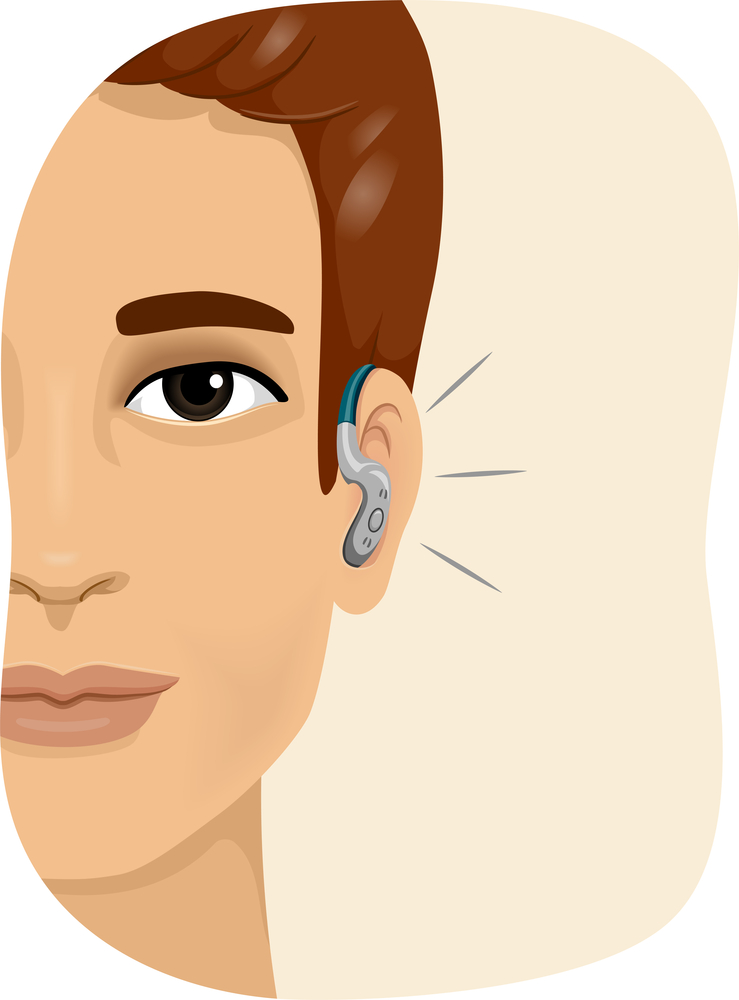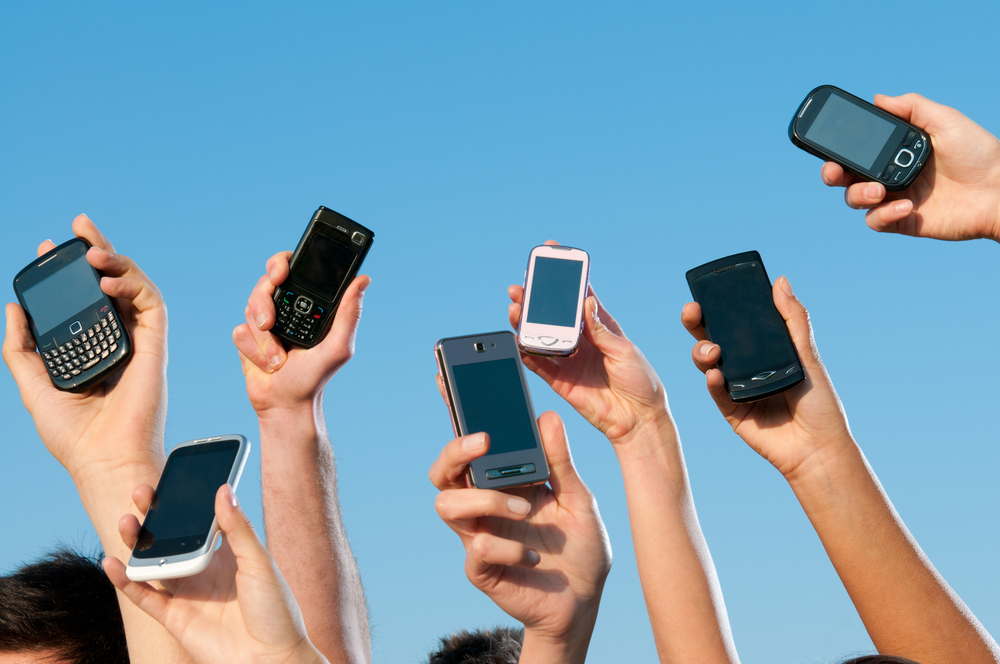
Living in a world that heavily relies on auditory communication can present unique challenges for those with hearing impairments. However, advancements in technology and various strategies have empowered individuals with hearing loss to access information in ways that were once unimaginable.

Sign Langauge, Lip reading
Sign language and lip reading are invaluable tools for those with hearing impairments. Sign language, a visual-gestural language, allows individuals to communicate effectively. Lip reading involves deciphering speech by observing the speaker’s lip and facial movements, providing an additional layer of communication. There are more than 300 different sign languages in the world today.

Assistive Listening Devices
ALDs enhance sound perception for hearing-impaired individuals in various settings. These devices include hearing loops, FM systems, and infrared systems, which transmit audio signals directly to hearing aids or cochlear implants. ALDs make it possible for individuals to participate in conversations, attend lectures, or enjoy performances.
Cochlear implants are surgically implanted electronic devices that provide a sense of sound to individuals with severe hearing loss. By directly stimulating the auditory nerve, these implants can significantly improve the ability to hear and understand speech.

Closed Captions and Subtitling
In the digital age, closed captioning and subtitles have become essential for accessing audiovisual content. From television shows and movies to online videos, these features provide a text-based representation of spoken words, ensuring that hearing-impaired individuals can follow along and enjoy multimedia content. There are a number of rules associated with setting up closed captioning and subtitles. The main thing to remember is don’t rely on AI created subtitles. Start from there and then check the spelling, grammar, punctuation and audio synchronisation. Make sure that the captions are in context with the audio.

Text Based
Written communication through emails, messaging apps, and text messages has become a crucial aspect of daily life. Hearing-impaired individuals often rely on text-based communication to bridge gaps in verbal communication, fostering effective interactions in both personal and professional settings.
The internet has opened up a wealth of information for everyone, including those with hearing impairments. Websites and platforms increasingly incorporate accessibility features such as text transcripts, captions, and alternative text for images, making online content more inclusive.

Assistive Technology
Mobile applications designed for individuals with hearing impairments provide solutions ranging from real-time speech-to-text conversion to vibrating alerts for incoming calls and other normal daily living sounds such as ringing dorrbells.. These apps leverage the power of technology to enhance communication and access to information on-the-go.

Educational Settings
In educational settings, hearing-impaired individuals may benefit from support services like note-taking assistance, sign language interpreters, and captioning services. These accommodations help ensure equal access to educational resources and opportunities.

Conclusion
In conclusion, the journey of how hearing-impaired
individuals access information is continually evolving, thanks to advancements
in technology and a growing emphasis on inclusivity. As society becomes more
aware of diverse communication needs, the barriers faced by individuals with
hearing impairments are gradually diminishing, fostering a more accessible and
inclusive world.
